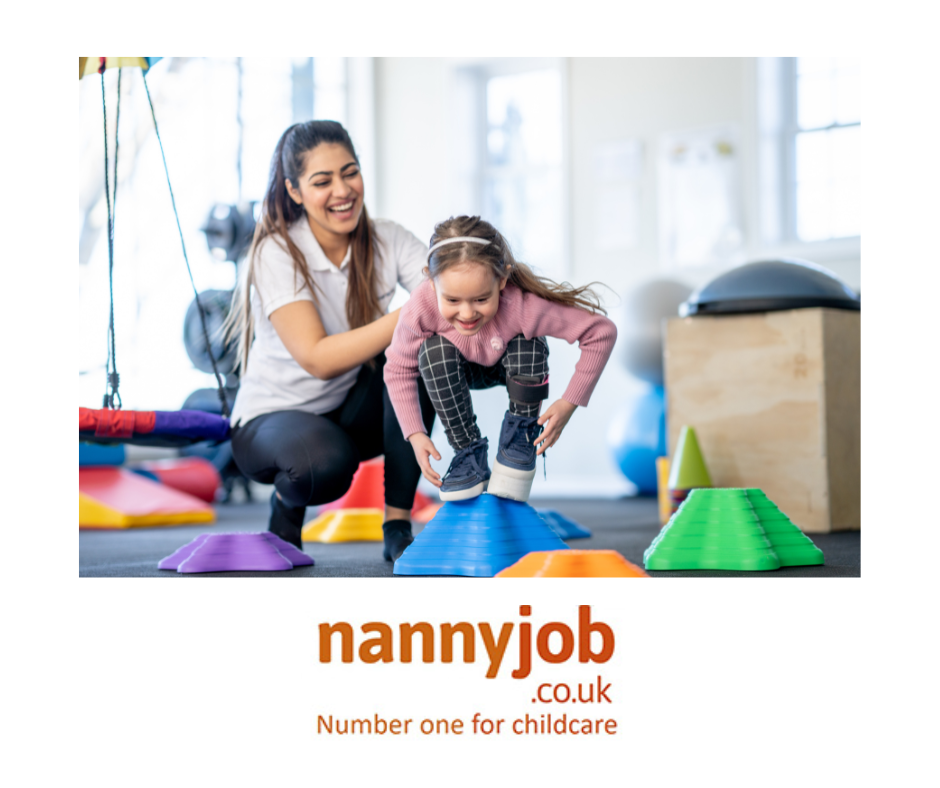Physical activity is vital for children’s overall health and well-being. It not only helps them maintain a healthy weight but also promotes strong bones and muscles, improves cardiovascular health, enhances mood, and boosts cognitive function. As a nanny or parent, encouraging your children to stay active is essential. Here are some top tips to help you incorporate more physical activity into their daily routine:
- Lead by Example: Children often mimic the behaviours of adults around them. If they see you being active and enjoying physical activities, they are more likely to follow suit. Make exercise a family affair by going for walks, bike rides, or playing sports together.
- Make It Fun: Physical activity should be enjoyable for children. Incorporate games, challenges, or themed activities to make exercise more engaging. Set up obstacle courses in the backyard, have dance parties in the living room, or go on treasure hunts around the neighbourhood.
- Limit Screen Time: Minimise the amount of time children spend in front of screens, including TVs, computers, tablets, and smartphones. Encourage outdoor play and other active pursuits instead of sedentary screen-based activities.
- Provide a Variety of Activities: Offer children a range of physical activities to choose from to keep them engaged and motivated. This could include team sports, individual activities like swimming or martial arts, or recreational activities like hiking or gardening.
- Set Realistic Goals: Establish achievable goals for physical activity and celebrate your child’s progress. Start with small targets and gradually increase the intensity or duration of activities as they build confidence and stamina.
- Create a Structured Routine: Incorporate physical activity into your daily schedule to make it a regular habit. Allocate specific times for active play, exercise, or outdoor time, and stick to the routine as much as possible.
- Encourage Active Play: Provide children with toys and equipment that promote active play, such as balls, jump ropes, hula hoops, and climbing structures. Encourage them to use their imagination and creativity to invent new games and activities.
- Be Supportive and Positive: Offer encouragement and praise when children participate in physical activity, regardless of their skill level or performance. Focus on their effort and enjoyment rather than outcomes or achievements.
By implementing these tips, you can help instill a lifelong love of physical activity in children and promote their overall health and well-being.


